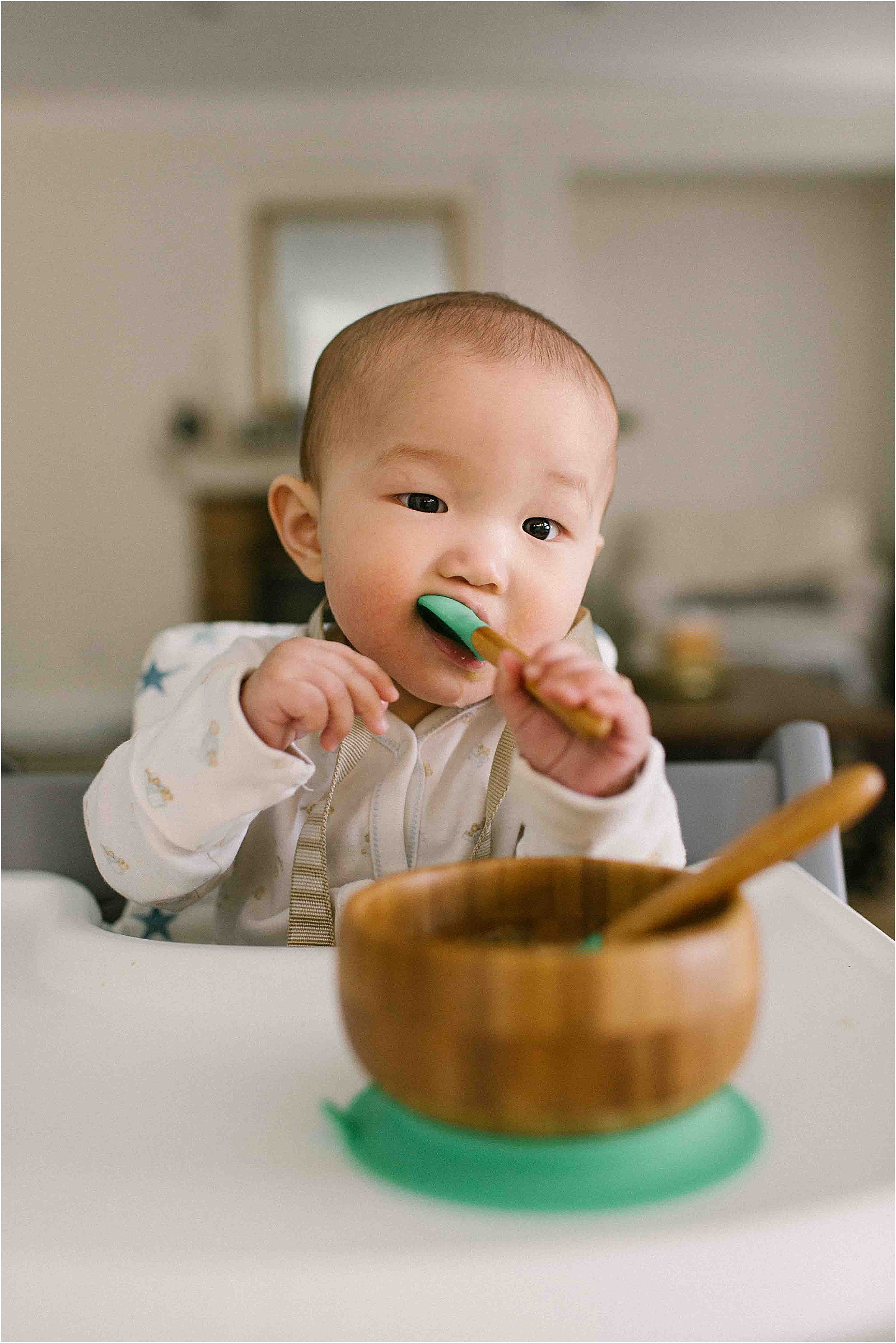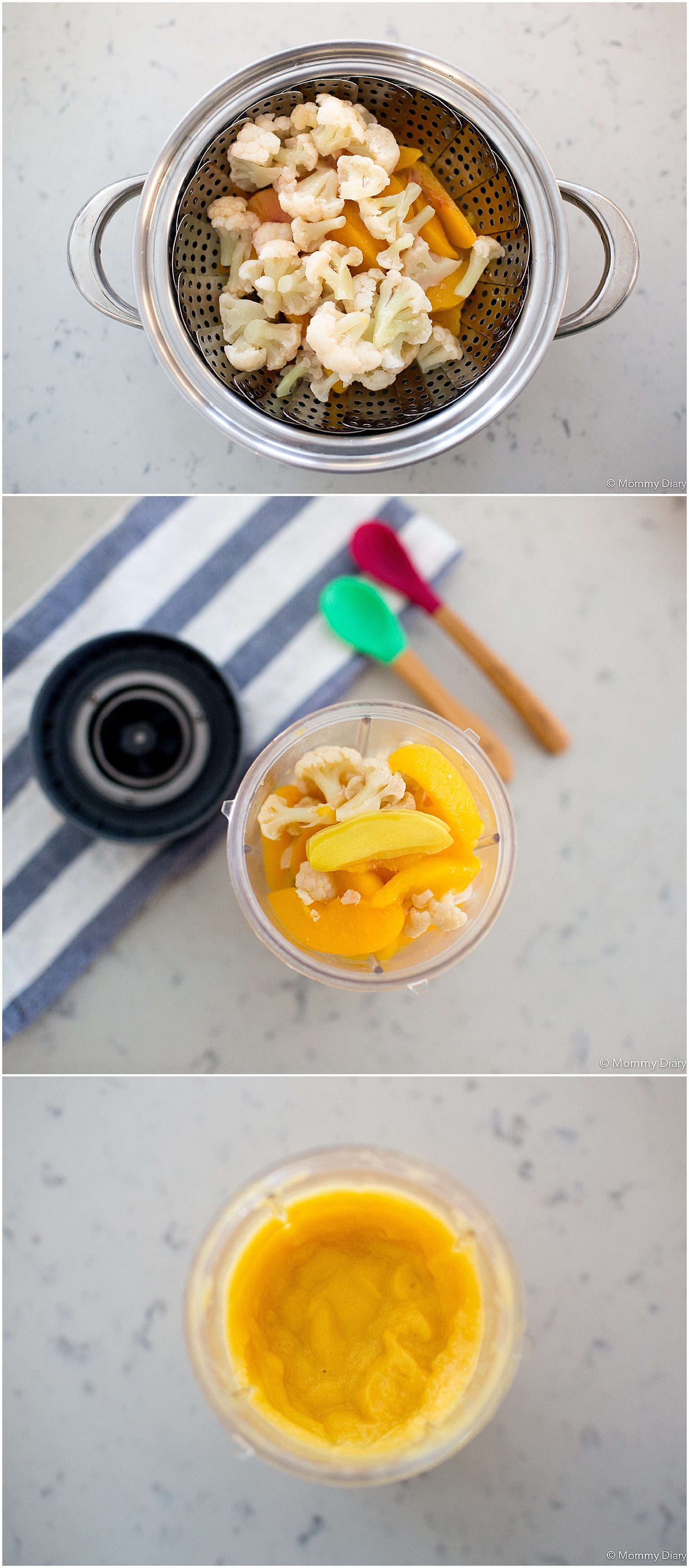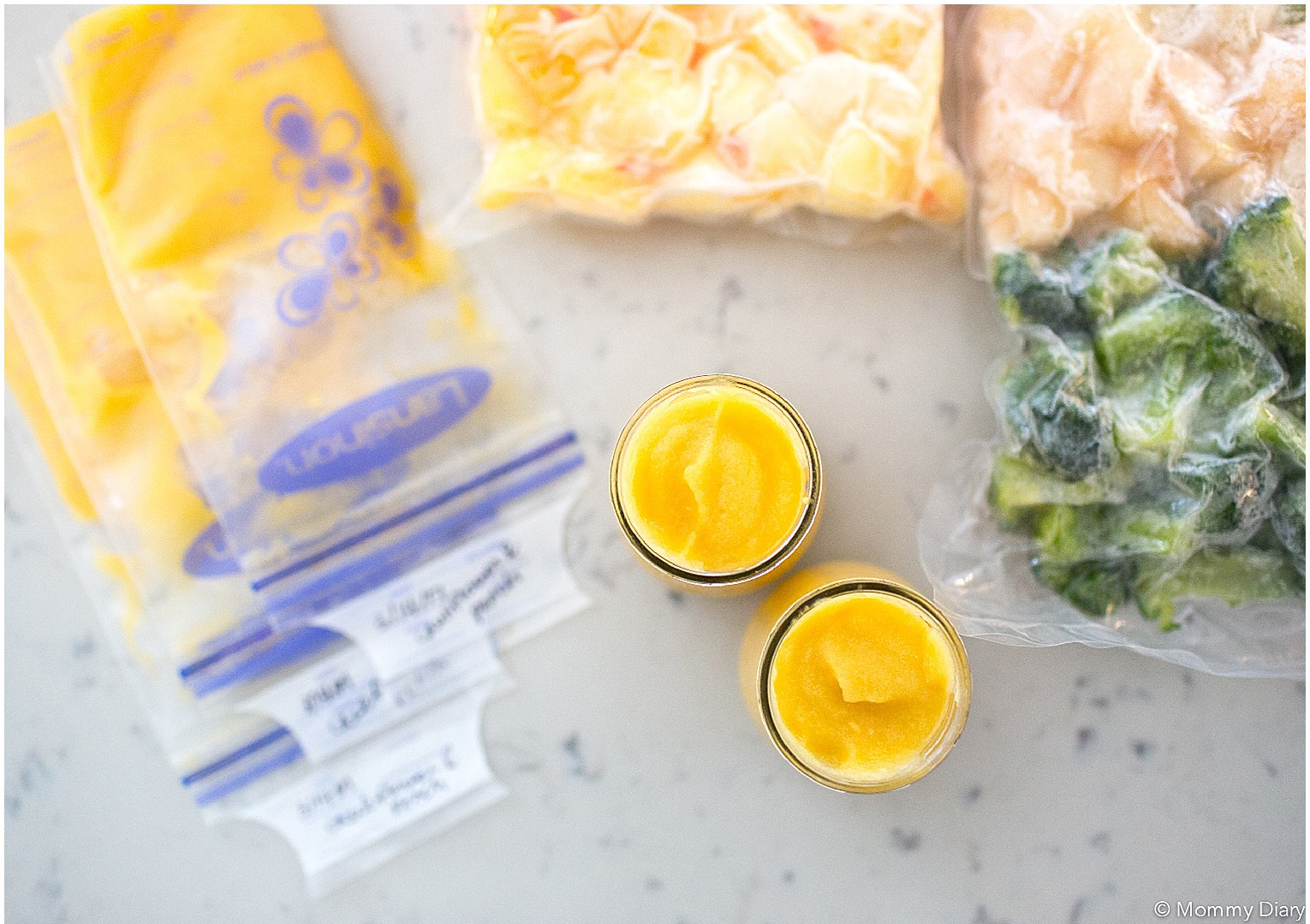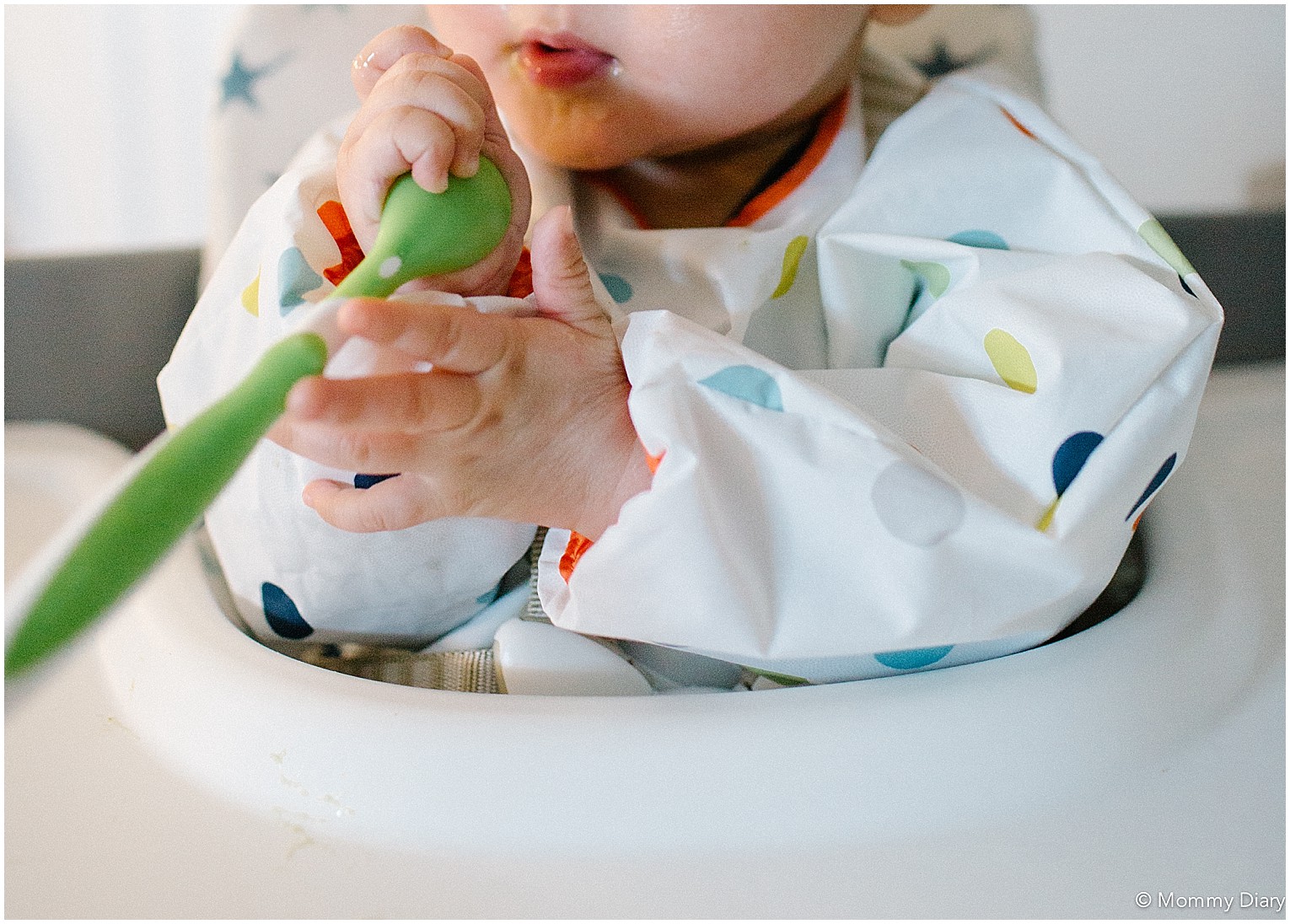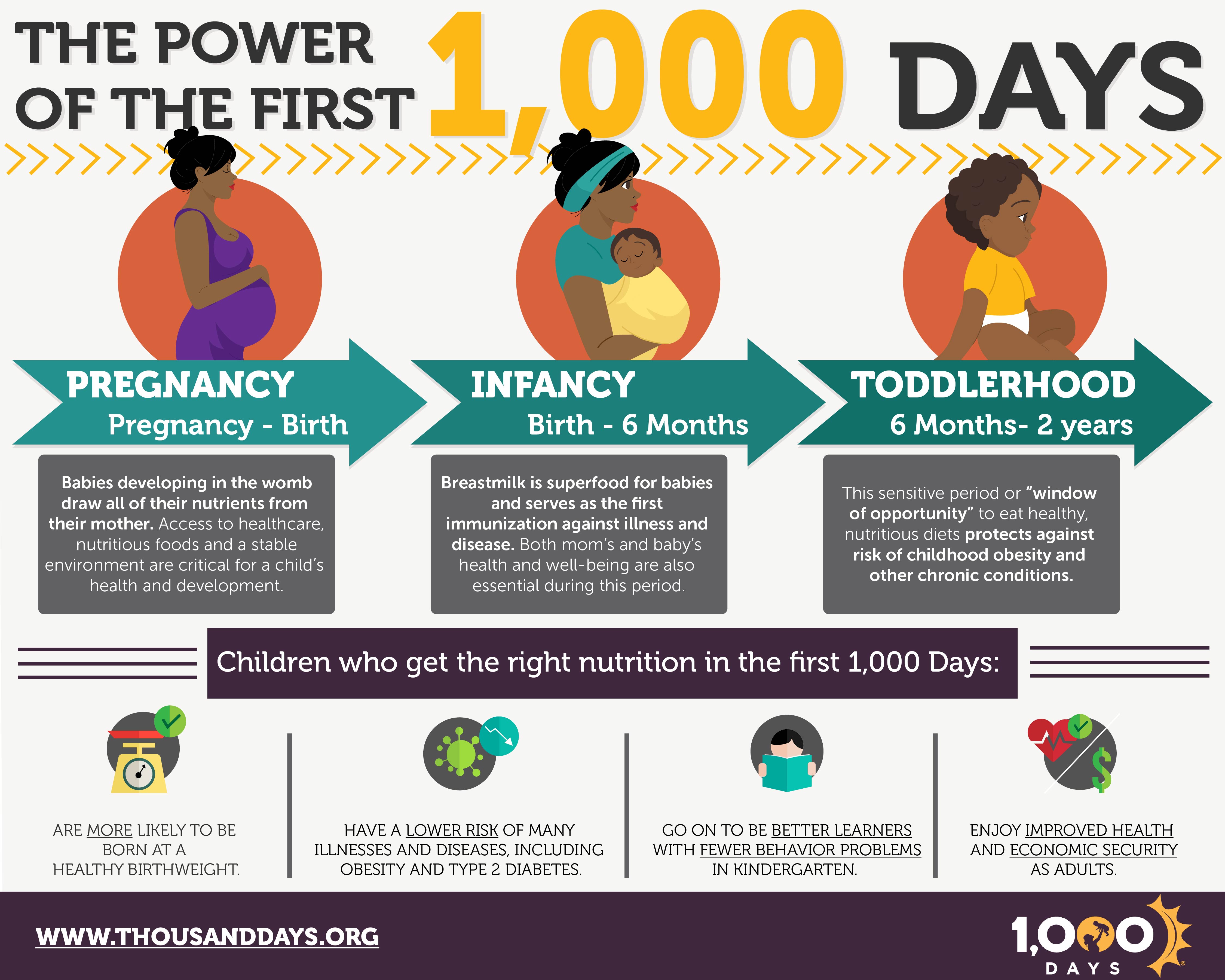Have you ever heard the term the first 1,000 days? This is the time from a mother’s pregnancy to a child’s 2nd birthday. During this time, your child’s brain begins to develop and an important foundation is set in place for years to follow. In this post, I am sharing valuable information to shed light on this crucial time during pregnancy and early childhood.
I was compensated by 1,000 Days to write this post. As always all opinions are all my own. 
The First 1000 Days: From Pregnancy To Baby’s 2nd Birthday
Making Informed Decisions
The first 1,000 days are an opportunity to build the important foundations for lifelong habits in health and nutrition. As expected, nutrition for both mom and baby plays a huge role in development.
With so many digital resources, mothers and fathers often feel information overload when trying to make decisions about their child’s health. A 1,000 Days survey found that over half of mothers surveyed said they received mixed messages about what to feed their young kids. As a mom of multiple children, I can understand the confusion that comes with these messages.
To add to the confusion, it’s not just about what to feed your kids. It’s also when, how often you should try new foods, and even the setting that matters. You can find a great deal of resources to help you make these kinds of decisions here.
Introducing First Foods
In the first few months of life, there is not much question as to what should be fed…it’s either breastmilk, formula, or a combination of both. It’s in the later months of the first year and beyond where feeding recommendations get hazy. There are many factors that come to play.
Timing is important
A common question during a baby’s first year is when should I begin to introduce solid foods? A rule of thumb is to not feed solids any earlier than 6 months. I was shocked to find that over 40% of parents introduce solid foods to their babies too early. This is often because parents are recommended to do so through misinformation.
A study in Pediatrics found that among infants who were never breastfed or who stopped breastfeeding before 4 months old, introducing solids before 4 months old was associated with a 6X increase in the odds of obesity at 3 years old.
Sugar
As parents, we know how sugar can often be hidden in foods that may appear healthy. It’s so important that we regulate how much sugar our children get especially in the early years. Obesity is a growing problem in our country, and these habits begin at a very young age. In fact, Over 10% of toddlers show signs of overweight or obesity before their 2nd birthday. The earlier that we can introduce nutritious foods into our child’s diet, the better.
Iron
Sticking to a diet rich in iron foods is important, especially during the first 1,000 days. Iron is a key brain-building nutrient. Unfortunately, 1 in 4 children ages 1-2 is not getting enough iron in their diet. Some iron-rich foods for this age are infant cereals, beef, leafy veggies, fish, and beans.
Feeding Hacks and a Helpful Recipe
DIY Baby Food
I’ve always made my own baby food because I know feeding fresh, organic produce is best for their growing bodies. I also like knowing that they are getting nutrient-rich foods without hidden additives, sugars or preservatives. With recent news of harmful substances found in store-bought baby food, I’m even more adamant about making baby food myself with fresh, well-washed and well-sourced ingredients.
I like to use baby food makers like the Beaba Babycook, which is a steam cooker and blender in one. Besides the health benefit, making my own baby food saves time and money. You simply buy fruits and vegetables and make a large batch that you can keep in the freezer. My tip is to use breastmilk storage bags!
Cauliflower and peach baby food
- Wash and cut cauliflower & peach. I like to use 2 cups each and make a larger batch.
- Use a blender to puree the two ingredients
- Serve
You can also freeze the remainder in a breastmilk bag for easy storage!
Start with Veggies
I always begin with one single-ingredient food at a time. This will help you to spot any food allergies or sensitivity. I recommend starting with veggies before fruits so that your child doesn’t get used to only sweet flavors. Green beans, peas, squash, carrots, and sweet potatoes are perfect first foods.
How to get your babies to like various fruits and vegetables
I often hear parents say “my baby or child doesn’t like ______.” I’d say, no you gotta keep trying!
A tip to creating a healthy eating habit for your baby and kids is to be patient and keep trying. They may not like something one day but you can’t take their no for an answer. Kids change their minds and habits daily and what they don’t like one day can change the next!
In my household, eating fruits and vegetables is a “non-negotiable” and even when they say no one day, they are encouraged to try again the next day.
A Secret Recipe For Baby Constipation
One of the best recipes that I was ever given by a pediatrician is a mix of Chinese eggplant and pineapple. This may sound like a strange combination, but it is a wonderful cure for constipation. Many babies suffer from constipation especially as they begin solids so making this a regular part of the baby’s diet is a great and healthy idea!
Consider the setting
- From the beginning, remove distractions such as TV and cell phones.
- Engage with your child while eating by simply smiling and making eye contact while they are trying new foods. There has been a lot of research showing that toddlers are positively influenced by eating together.
- We are in extraordinarily stressful times right now. If you are carrying stress from your day, set aside time to decompress before you sit down to feed your baby or toddler. They are extremely intuitive and will respond to your cues. Creating a relaxing atmosphere can help.
Pandemic Feeding Tips
Many of us have found that spending so much time at home during the pandemic can lead to unhealthy eating habits. We may not be going to the store as often, which results in us scrounging for junk in our pantries. Here are some tips for continuing healthy eating, even during this time:
- Buy fresh fruits and veggies that have a longer shelf life such as carrots, yams, cabbage, squash, apples, oranges, melons, and grapefruit.
- Stay away from canned fruits that are loaded with sugary syrups
- Buy frozen fruits and veggies! They are picked at their peak of freshness and frozen to seal in their nutrients.
- Stock up on shelf-stable foods such as brown rice, legumes, and whole wheat pastas.
- Canned beans and chickpeas have an abundance of nutrition and can be stored for months or even years. These are great ways to serve toddlers their protein.
- When purchasing meat, choose lean meats like chicken or turkey.
- Canned tuna, salmon, or sardines are healthy and low cost options for seafood.
I hope you’ve learned some valuable tips on providing nutrients to your baby and toddler during the first 1,000 days of life. Head to thousanddays.org for more tips and resources. You can also follow 1,000 Days on Instagram here and on Facebook here.
1,000 Days seeks grants from foundations to educate parents and caregivers about complementary feeding and first beverages. The Robert Wood Johnson Foundation contributed to a grant that supports these activities in line with their mission to improve the health and healthcare of all Americans.

